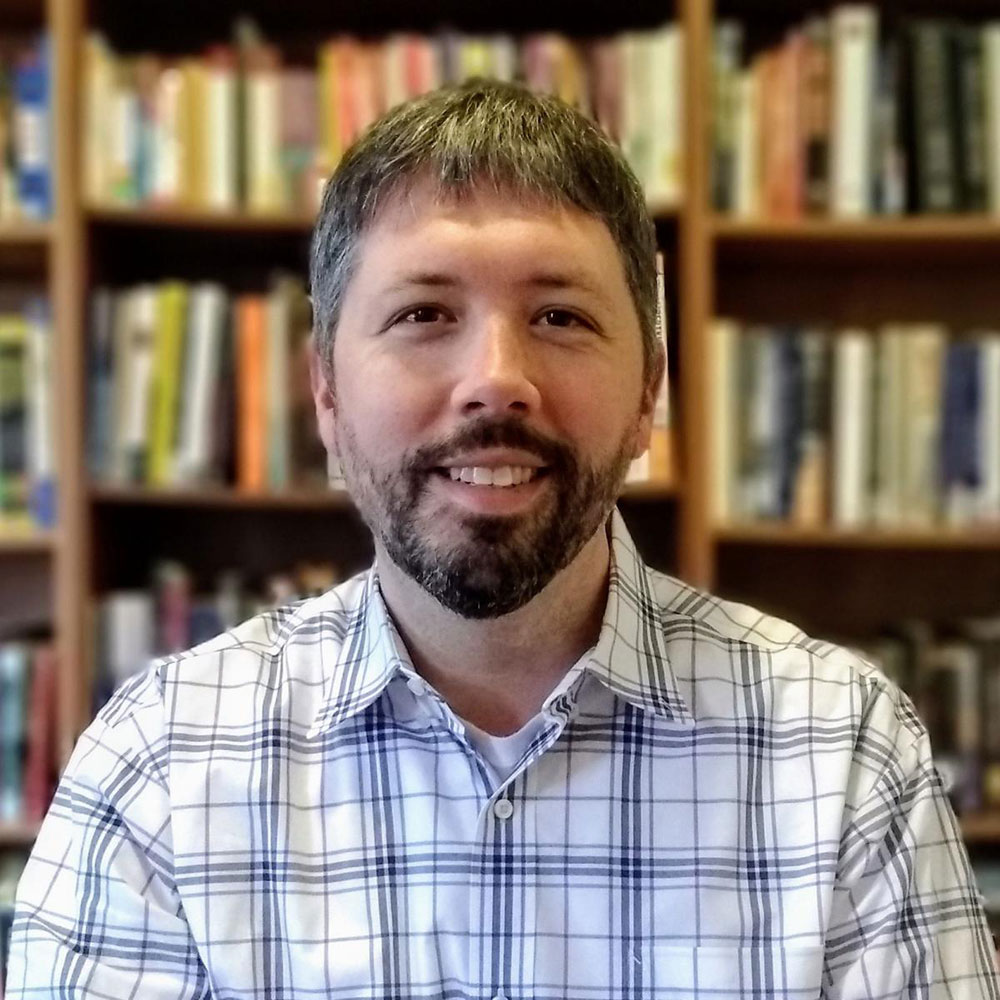 "As one of the curriculum team members, I contribute to all aspects of curriculum planning, writing, editing, and production. In particular, I lead the curriculum production for the U.S. History Series. Over the past year or so, I have also managed History Department PhD students who have held a proctorship with Choices or collaborated on various projects as paid consultants or contributors to Choices’ curriculum.
"As one of the curriculum team members, I contribute to all aspects of curriculum planning, writing, editing, and production. In particular, I lead the curriculum production for the U.S. History Series. Over the past year or so, I have also managed History Department PhD students who have held a proctorship with Choices or collaborated on various projects as paid consultants or contributors to Choices’ curriculum.
A number of things drew me to Choices. At the top of the list is the organization’s dedication to making scholarship more accessible so that educators can more easily use it in ways that meet the needs of high school students. At Choices, we keep one foot in the academic world—with its rigorous, peer-reviewed scholarship—and one foot in the world of secondary education—with its emphasis on public-facing outreach to provide educational resources to the broadest audience possible. Another thing that drew me to Choices was its reach—long before I arrived in November 2019, Choices had developed a massive network of educators who swear by our material and its effectiveness in the classroom. We conservatively estimate a million students a year use our curriculum. Our materials are used by teachers in every state—and internationally as well. Our bi-weekly newsletters go out to 25 thousand educators, and our free Teaching with the News lessons are picked up by the likes of the New York Times or spread by major education-focused media organizations. That’s something that I joined, not created—and I recognize the privilege I have to be able to reach that massive audience with the historical ideas and pedagogical values that I hope to share. Finally, one of the things that drove me to Choices were Brown History Department faculty. As I sought a career switch out of the college classroom (where I taught at UMass Boston, an amazing university that I love), I spoke with Naoko Shibusawa, Jim Green, and (former department member) Karl Jacoby about Choices and their experiences collaborating with the organization—conversations that reinforced my desire to join Choices.
There are a number of gratifying things about working at Choices, but one of the most inspiring was that I was able to contribute to our curriculum unit Racial Slavery in the Americas: Resistance, Freedom, and Legacies (which was created in collaboration with CSSJ, and had History Ph.D. Heather Sanford (’20) as a lead writer). From the student text to the lesson plans for teachers—and from the historical origins of racial slavery to contemporary movements such as Black Lives Matter seeking to dismantle systemic anti-Black racism—the depth and breadth of that curriculum unit is truly awe-inspiring. There are few, if any, resources like it available for high school audiences—and contributing to it was one of the most meaningful things of my career. The fact that we have offered that curriculum for free (via our Digital Editions) to teachers and students everywhere—first through support from a CSSJ donor, and since through our decision to keep offering it for free so that it can reach the largest audience possible—further adds to the pride I have for the role I played, along with others at Choices, to produce it.